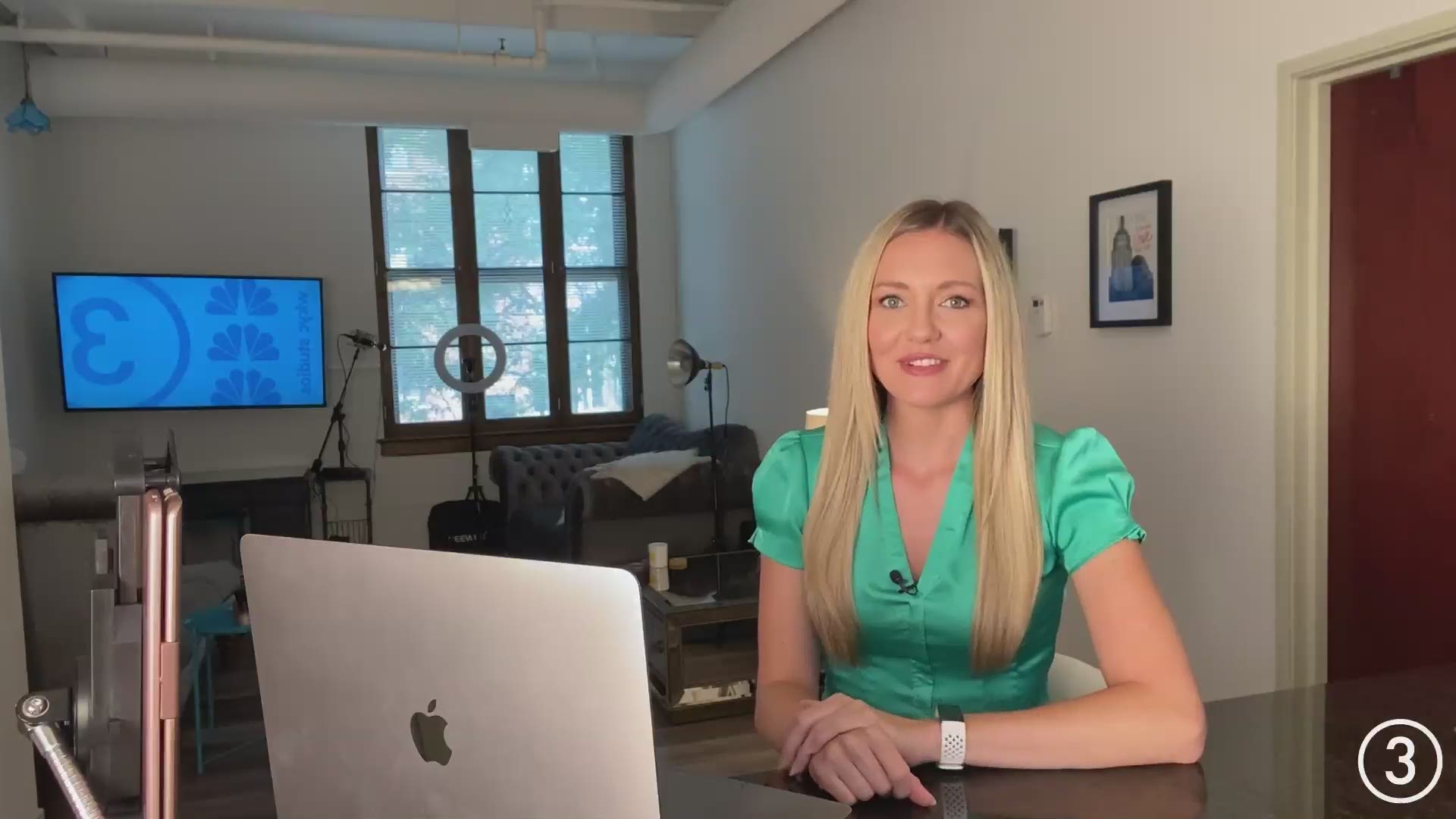CLEVELAND — With tens of millions of dollars at stake, and the film industry seemingly at a standstill, people understandably want to know how the COVID-19 pandemic might impact money paid out from Ohio's Motion Picture Tax Credit.
The answer to that is those payments likely won't be impacted at all, according to Greater Cleveland Film Commission President Evan Miller.
Ohio's Motion Picture Tax Credit allows for $40 million each year to encourage the film industry in Ohio.
However, only the first $20 million was awarded on July 31, Miller told 3News.
"With the pent up demand for content, it will go quickly," Miller said.
There's another round of $20 million to be awarded January 31, at the latest.
"As for productions that did have the incentive but had to pause, we're still in communication with them," Miller said.
"We're still hopeful that they can restart but if not, that money would go back into the pool for the next round in January."
Miller's optimism comes from the fact that Northeast Ohio seems particularly well-positioned within the entertainment industry for getting back to work on a large scale, once COVID-19 numbers start to decline.
“I love Los Angeles and I love New York but we’re never going to have the population that they do, so just on that alone we’re not going to have those numbers, and so we’ll be able to open up a little sooner,” he said.
“What’s fortunate is the entertainment industry is made up of probably some of the most creative people in the world, and thankfully everybody is working very collaboratively to figure out what protocols need to be put in place, what testing measures [to adopt], so that production can be done safely."
And as for where Northeast Ohio stands right now, Miller said that at least some projects are move forward at this time.
“Obviously we want to make sure the city, the county, everybody is comfortable, and smaller scale stuff can start to get going," he said.
"Anything larger scale, we’re confident that we will be able to work with various entities as the numbers start to get a little better, and get people back to work sooner than later.”
Miller projected that larger projects might be back in production by early 2021, and in some cases possibly even the end of this year.


